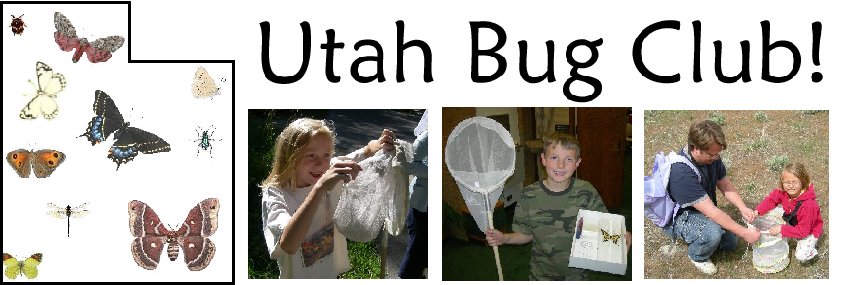Creating Your Own Group
Reaching out to children and teaching them about butterflies can be very fulfilling and rewarding and also requires a certain amount of time and resources. Our youth are our future entomologists and the better we are at teaching kids the basics, and the more fun they have at it, the more motivated they might be as adults to rekindle their interest in entomology.
By creating Utah Bug Club, I wanted to provide a basic classroom experience that touched on the basics of insects (with a strong bias towards lepidoptera) with a "summer school" type atmosphere--touching on the most interesting and engaging parts. Basic instruction should last only as long as the kids remain attentive. Once they start "bugging out"; which generally takes about half an hour, it's time for the next portion of the program--the field trip. This short field trip should occur at a nearby setting so that kids can experience firsthand what was reviewed in class. It is always important to try and align classroom instruction with what will be experienced and, hopefully, reinforced during the field trip as best as possible.
The Lepidopterists' Life Cycle:
Just as butterflies have a four-phased life cycle of Adult-->Egg-->Caterpillar-->Chrysalis, many experienced lepidopterists interestingly have followed a similar cycle of their own as they began their fascination with butterflies as children and lost some degree of that interest as adolescents (which is analogous to hibernation.) However, later in life, that interest was rekindled as they were re-introduced to the fascinating world of collecting, rearing, researching, and/or photographing butterflies. The key to this model, although not always a guaranteed blueprint to one's fascination with lepidoptera, is to create favorable experiences and lasting impressions upon our youth. What better way is there than to do this through one-on-one mentoring and teaching in nature's own environment.
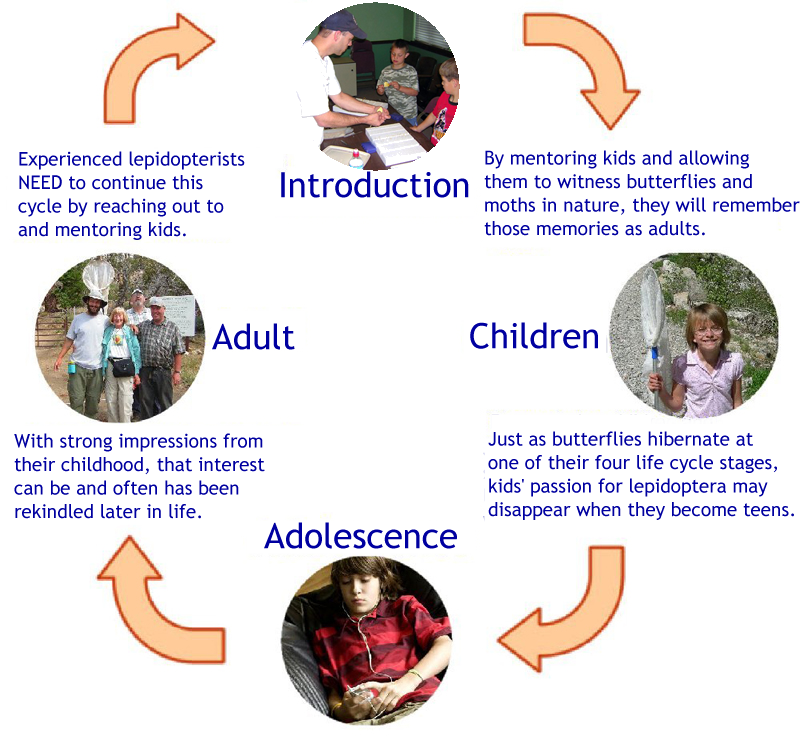
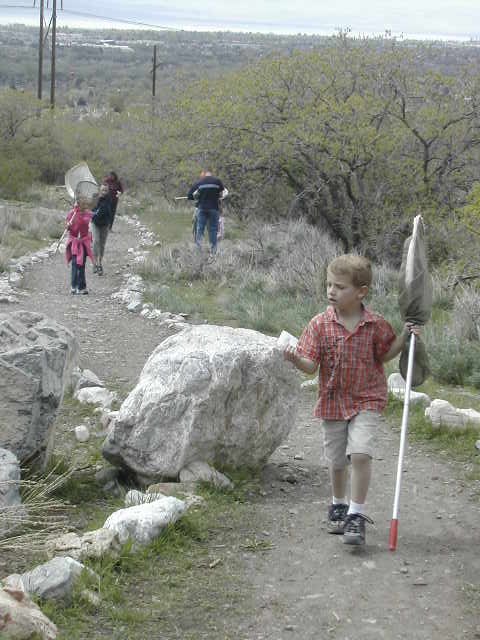 |
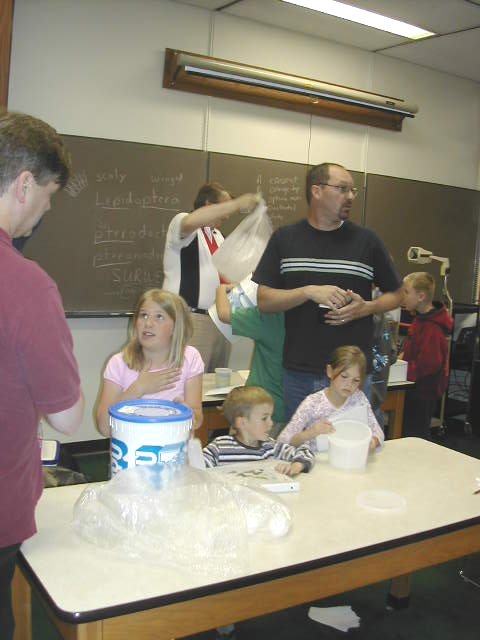 |
Goals and Curriculum:
The basic goal of our meetings and field trips is to teach children the basics of the material reviewed below: Online content has been provided as a reinforcement to meetings and field trips. If a family misses a meeting, they can always check online to see what they have missed. Those wishing to start their own club can utilize this online material and graphics if needed.
- How to use The Outernet Kit; which includes a small butterfly net, styrofoam mounting board, a set of insect pins, pinning strips, a mounting box for pinned specimens, 50 glassine envelopes to store specimens, and a plastic container to raise caterpillars. This kit is provided through a joint venture with The Lepidopterists' Society and Bioquip.
- An understanding of the butterfly life cycle. Provide kids with the equipment as well as the opportunity to raise a butterfly and/or moth from ova to adult.
- An understanding of the different families of butterflies and where they can go to find them.
- An understanding of how to collect, preserve, and mount a butterfly or moth and put it in a basic collection.
Click here for a curriculum outline of yearly meetings.
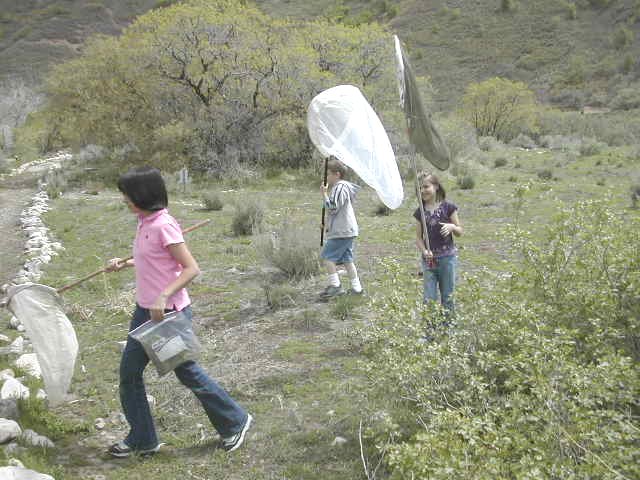 |
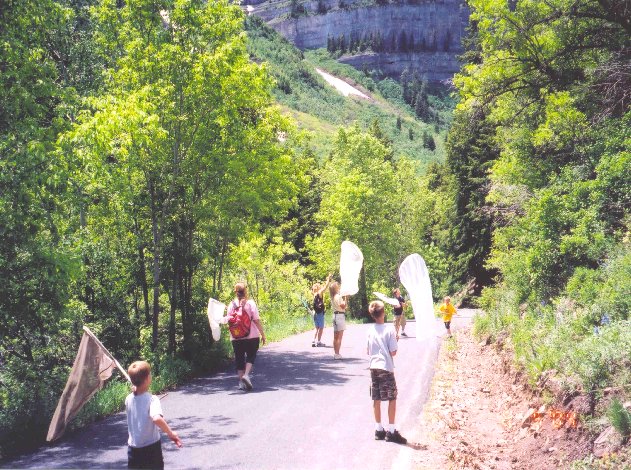 |
Creating Interest:
One of the first steps to setting up your own club, or a UBC chapter is to locate a group of kids who would be interested in attending. One way to stir up interest would be through local elementary school programs, friends, or 4H. (It is also important that parents attend to support their children.) It also makes for more enjoyable field trips.
Another source of finding children to join is through the local Boy Scout office. For example, since the Utah Bug Club founders have been associated with the Boy Scouts of America, they also have signed up with their local BSA office as merit badge counselors; so that boys of scout age can pass off any requirements for the Insect Study Merit Badge that are covered during meetings and field trips. (Most requirements are covered during meetings.)Once the interest has been obtained, the next natural step might be to set up a program of when and where meetings and field trips are going to be held. Meetings can be held almost anywhere. Obviously, a great place to hold meetings is in a natural history museum at a local university.
My Bug Book:
One of the traditions with the Utah Valley Chapter of Utah Bug Club, is to hand out a “My Bug Book” at the first meeting to all children attending. This book initially contains yearly schedules as well as any handout covering the material shared that day. The book has been tabulated showing what meetings will be forthcoming. Additional handouts were given at subsequent meetings to be placed in the book. These handouts are available online; which also includes the Wasatch Butterflies pamphlet. For more information, email Todd Stout.
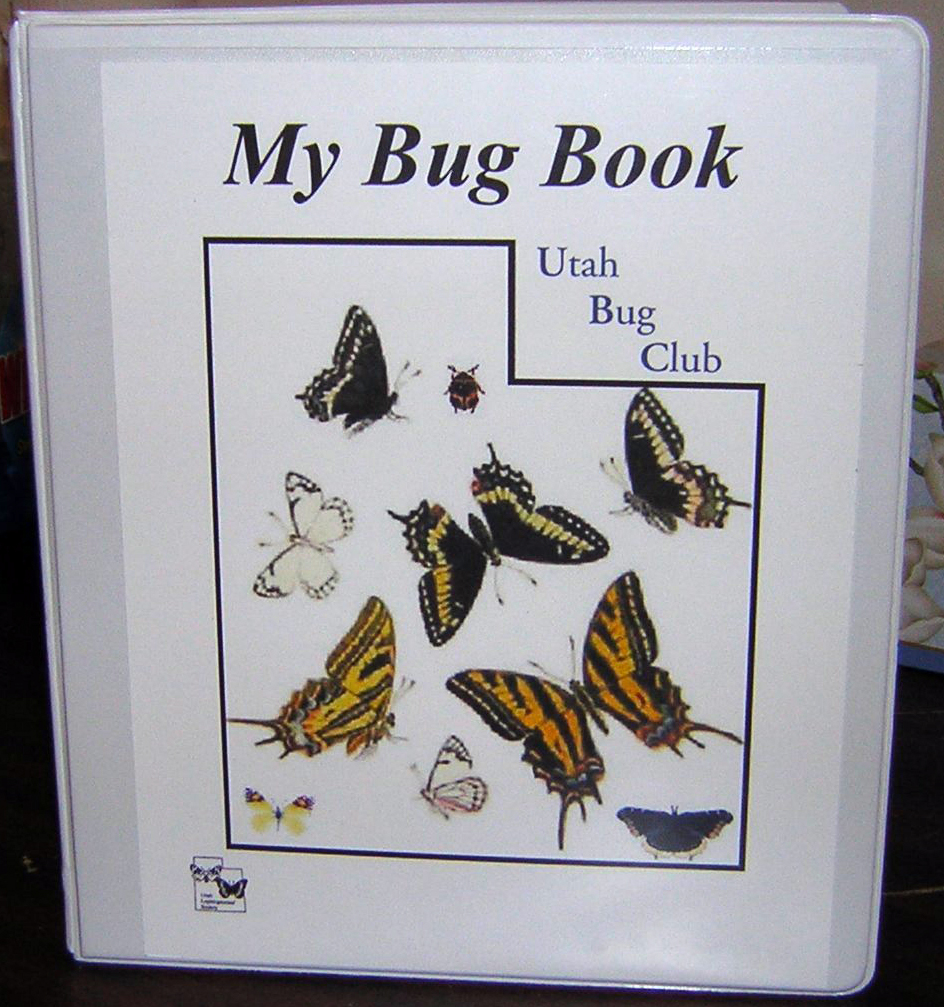
_________________________________________________________________________________
